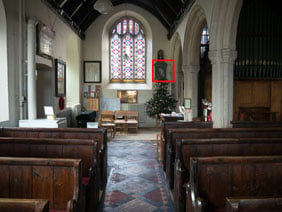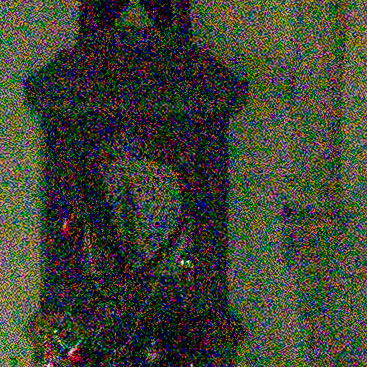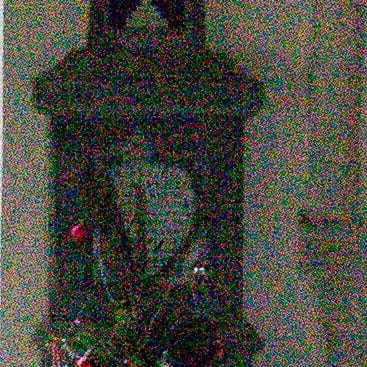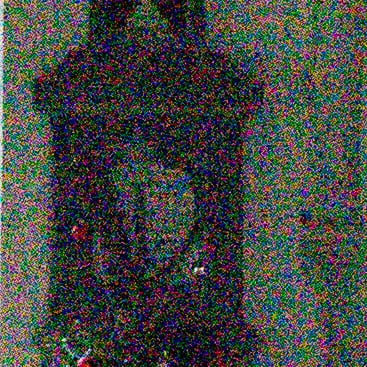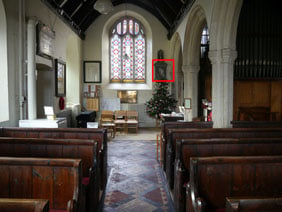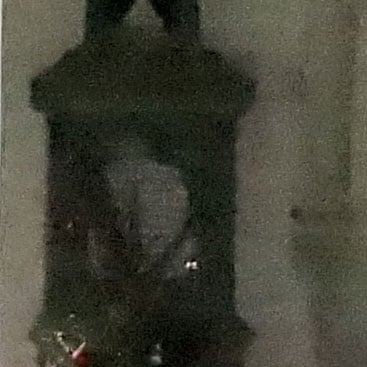Panasonic Lumix G5 review
-
-
Written by Ken McMahon
Quality
Panasonic Lumix G5 vs Sony NEX-6
|
Panasonic Lumix G5 |
Sony NEX-6 | |
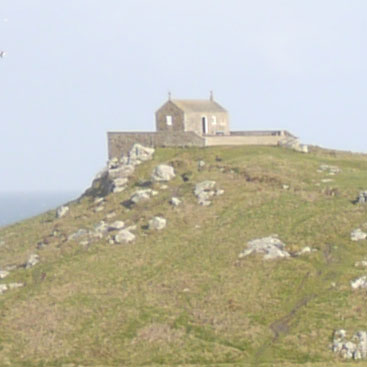 |  | |
f5.6, 160 ISO |
f5.6, 100 ISO | |
 |  | |
f5.6, 160 ISO |
f5.6, 100 ISO | |
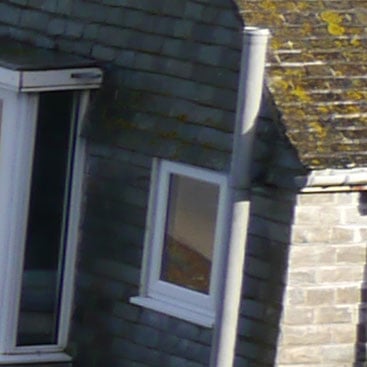 | 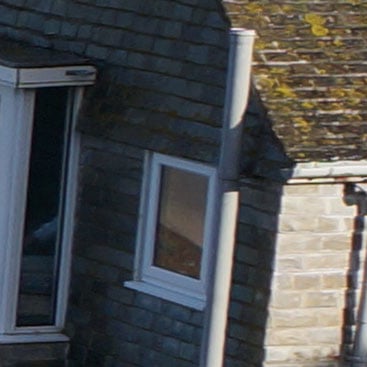 | |
f5.6, 160 ISO |
f5.6, 100 ISO | |
 |  | |
f5.6, 160 ISO |
f5.6, 100 ISO |
Panasonic Lumix G5 results : Quality / RAW quality / Noise / RAW Noise
Panasonic Lumix G5 vs Sony NEX-6 RAW quality
|
Panasonic Lumix G5 |
Sony NEX-6 | |
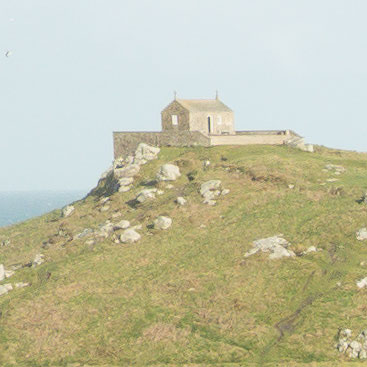 |  | |
f5.6, 160 ISO |
f5.6, 100 ISO | |
 |  | |
f5.6, 160 ISO |
f5.6, 100 ISO | |
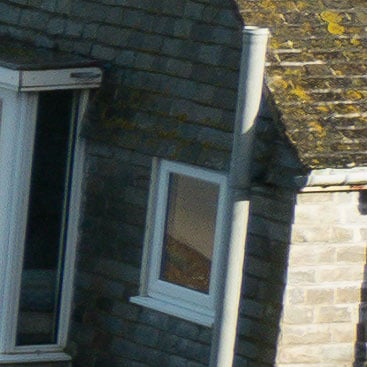 | 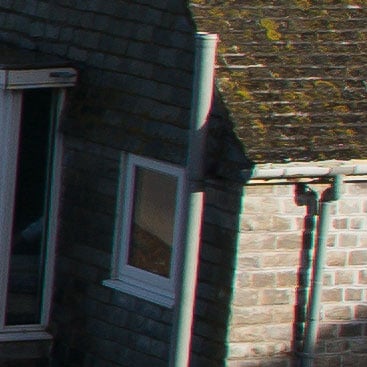 | |
f5.6, 160 ISO |
f5.6, 100 ISO | |
 |  | |
f5.6, 160 ISO |
f5.6, 100 ISO |
Panasonic Lumix G5 results : Quality / RAW quality / Noise / RAW Noise
Panasonic Lumix G5 vs Sony NEX-6 Noise RAW
The image above was taken with the Panasonic Lumix G5 with the PZ 14-42mm f3.5-5.6 kit lens. The sensitivity was manually set to 160 ISO and the Lumix G5 was set to Aperture priority exposure mode with the aperture set to f4. The metering selected an exposure of 1/3s. To achieve a better exposure more closely matched to the Lumix G5, I applied 1.3EV exposure compensation on the NEX-6, resulting in a shutter speed of half a second at f4 at its base 100 ISO sensitivity. I processed both sets of files in Adobe Camera RAW using identical settings: Sharpening at 70 / 0.5 / 36 / 10, Luminance and Colour Noise Reduction both set to zero, and the Process to 2012 with the Adobe Standard profile. To further reduce any distracting visual differences between the crops I also set custom white balance to 4500K and tint to 0. These settings were chosen to reveal the differences in sensor quality and isolate them from in-camera processing. The high degree of sharpening with a small radius enhances the finest details without causing undesirable artefacts, while the zero noise reduction unveils what’s really going on behind the scenes – as such the visible noise levels at higher ISOs will be much greater than you’re used to seeing in many of my comparisons, but again it’s an approach that’s designed to show the actual detail that’s being recorded before you start work on processing and cleaning it up if desired. At the base 100 ISO sensitivity the Lumix G5 crop has a slightly granular texture but the detail appears clearer and sharper than in the 100 ISO crop from the Sony NEX-6. Where it was hard to see a difference between the 100 and 200 ISO JPEGS, here the difference is marked, with an increase in granularity that’s already beginning to affect the edge detail. It’s the same at 400 and 800 ISO with a very discernible linear increase in the noise at each level. The noise pattern is small and very regular, though, and there doesn’t appear to be much colour noise. These factors may be contributing to the success with which Panasonic is able to deal with it in-camera. Beyond 800 ISO, though, there’s just too much noise for any amount of processing to hide and, though the in-camera results at 1600 ISO are good, beyond that it gets difficult to separate the noise from the recorded image data. Practicaly speaking that means while it should be relatively straightforward to achieve improved results from RAW files at the base 160 ISO setting, at sensitivity settings above that it will quickly become a challenge to squeeze more detail from these files and deal effectively with the noise at the same time. Interestingly, the comparison with crops from the Sony NEX-6 shows less of a difference than the JPEGs on the previous page. Certainly up to 800 ISO it’s hard to say there’s a difference in the overall noise levels. The Lumix G5 crops actually look to be sharper with more detail than those from the NEX-6. It’s too close to call at 1600 ISO, but I think past that point the G5 crops look slightly noisier. So, if you’re processing RAW files, there’s very little to recommend one over the other, but Hand-held Twilight mode and the option to add the Multi Frame Noise Reduction App put the NEX out in front when it comes to low-light performance. Now head over to my Panasonic Lumix G5 sample images to see some more real-life shots in a variety of conditions, or head straight for my Verdict.
|
|
Panasonic Lumix G5 vs Sony NEX-6 Noise JPEG
The image above was taken with the Panasonic Lumix G5 with the PZ 14-42mm f3.5-5.6 kit lens. The sensitivity was manually set to 160 ISO and the Lumix G5 was set to Aperture priority exposure mode with the aperture set to f4. The metering selected an exposure of 1/3s. To achieve a better exposure more closely matched to the Lumix G5, I applied 1.3EV exposure compensation on the NEX-6, resulting in a shutter speed of half a second at f4 at its base 100 ISO sensitivity. As you’d expect the Lumix G3 delivers clean detailed results at its base 160 ISO sensitivity setting and, practically speaking, there’s little difference between the 160 ISO and 200 ISO crops with neither exhibiting much if any evidence of noise. Even at 400 ISO you have to look very closely at these 100 percent crops to see the marginal deterioration in image quality that results from a one stop increase in the ISO sensitivity. You can’t actually spot noisy individual pixels in the 400 ISO crop, but the fine detail is a little less well defined and the flat coloured wall looks a tiny bit blotchy. At 800 ISO we’ve finally got something to look at in terms of noise but it’s still very fine grained, there’s no clumpiness or smearing, just a slight loss of edge sharpness and blurring of the fine detail combined with a fine granularity in areas of flat colour. It’s by no means unpleasant or intrusive, though, and you’d get good quality full sized prints at this setting. At 1600 ISO the game’s up, though, and the cumulative effect of the marginal increases in noise has now produced a fine gauzy mist across the entire area of the crop. That said, this shot looks fine at smaller sizes, the only giveaway being the slight desaturation and cooler white balance. Oddly, the colour balance and saturation are restored at 3200 ISO, but by then the noise is in the ascendent and all but the coarsest detail has fallen victim to it. The Panasonic Lumix G5, compares very favourably with the NEX-6. The G5’s Four Thirds sensor is slightly smaller then the APS-C sized sensor in the NEX-6 but its 160 base ISO setting, compared here alongside the NEX-6’s 100 ISO crop, looks every bit as good. What’s more, the G5 manages the NEX-6’s trick of keeping the noise at bay as you progress up the sensitivity range. Except that it can’t quite keep up and by 800 ISO it’s looking just a bit noisier. Despite that, it doesn’t lose any more ground and remains close, if a little behind the NEX-6 right through to its maximum 12800 ISO setting. But in addition to a further 25,600 ISO setting, the NEX-6 boasts a Hand-held Twilight composite mode plus, if you’re wiling to pay a little extra, the more versatile Multi Frame Noise Reducton app. To find out how much of a role processing plays in keeping noise at bay in these crops take a look at my Panasonic Lumix G5 RAW noise results page to see just how much noise is present behind the scenes. Or head over to my Panasonic Lumix G5 sample images to see some more real-life shots in a variety of conditions.
|
|
